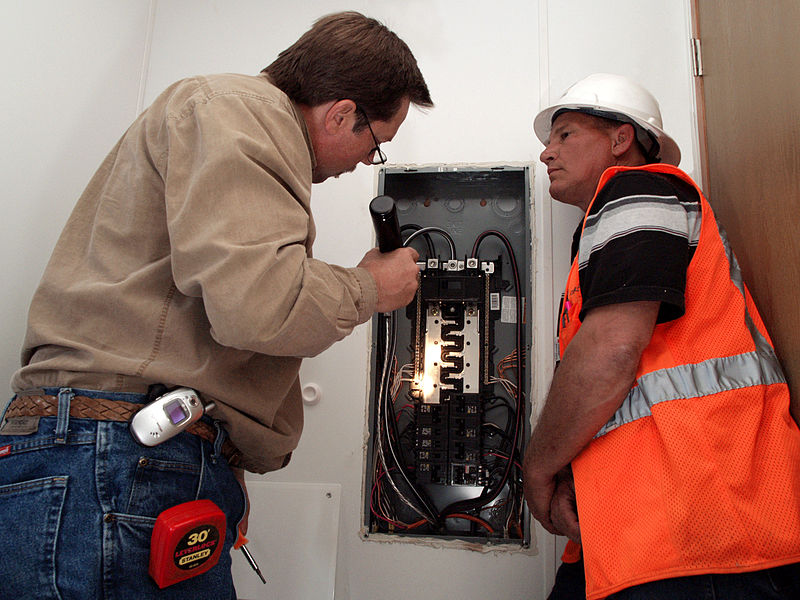Code Green Solutions


Building inspector examining wiring in California
Recently, Sarah Stellberg of the Institute for Market transformation, came across evidence that suggested almost a 100% non-compliance with building codes in certain U.S jurisdictions. To respond to this shocking figure, she developed a measure of the potential savings available by enforcing code compliance in those areas, and wrote about it in the Assessment of Energy Efficiency Achievable from Improved Compliance with U.S. Building Energy Codes : 2013-2030. Her number is a staggering 2.8-8.5 quadrillion BTUs, or $63 – $189 Million in annual energy savings. This is an opportunity waiting to be tapped into that could realize almost $37.1 Billion in lifetime savings for all new commercial and residential construction in the U.S.
To start with the basics – what is the intent of a building code? It is a tool meant as a check to ensure that construction projects comply with minimum energy efficiency, indoor environmental quality and durability. When adhered to, building owners receive a well-performing structure with appreciable energy and comfort performance. Unfortunately, enforcement of building codes is not as prevalent as needed, because of a political reluctance to allocate resources and thought to inspections that ensure long term gains, when compared to inspections that address more pressing and tangible issues like fire protection and safety codes.
Early and effective training is fundamental to the adoption of building codes. To keep up with the urgency to stretch the limits of building energy efficiency, the codes are routinely updated. While constant improvement is commendable and necessary for progress, it needs to be supplemented by awareness and training. Without widespread outreach, the enhancements could be overlooked, or misinterpreted by unprepared design and construction professionals.
IMT’s research suggests that investment in code compliance enhancement is met with six times as much in savings. The study analyzes a state-by-state energy savings potential based on projected construction volume, current code levels and climate zones, among other factors. This leads to the question of how compliance is determined. There are four commonly used methods – Pass/Fail or Trade-off, PNNL-BECP Protocol, Simulated Performance and Average Compliance Margin. Since there is significant differences between these metrics, the baseline compliance rate for the comparison is assumed to be both high savings (25% compliant) and low savings (75% compliant) for each state. The degree of non-compliance is assumed to be an energy loss of 15% for each state.
Some of the key findings are summarized in the table below.

The report also provides charts showing money, energy, natural gas, and electricity saved by region and state.